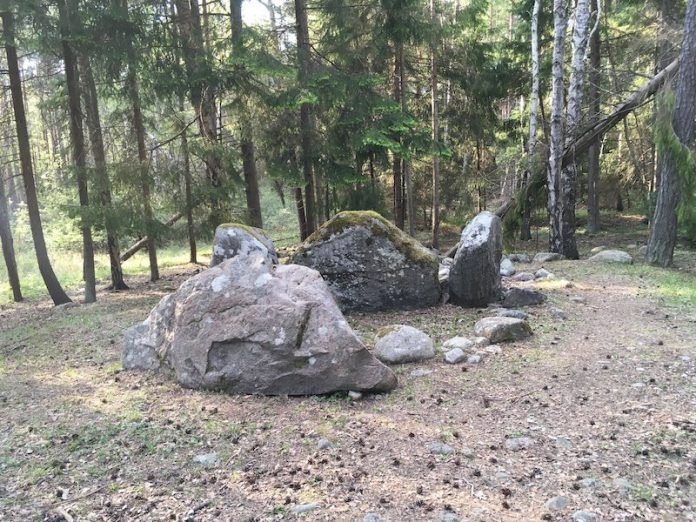
In a new study, researchers have discovered family graves in the European Stone Age.
They found the kin relationships among Stone Age individuals buried in megalithic tombs in Ireland and Sweden.
According to them, the kin relations can be traced for more than 10 generations.
The findings suggest that megaliths were graves for kindred groups in Stone Age northwestern Europe.
The research was conducted by an international team led from Uppsala University.
Previous research has shown that Starting around 4,500 BCE, a phenomenon of constructing megalithic monuments appeared along the Atlantic façade.
Many monuments were for funerary practices.
However, the origin and social structure of the groups that erected the construction has been unknown.
In the current study, the team sequenced the genomes from the human remains of 24 individuals from five megalithic burial sites in Ireland, Scotland and the Baltic island of Gotland, Sweden.
The remains were radiocarbon-dated to between 3,800 and 2,600 BCE.
The team extracted DNA from bones and teeth for genome sequencing. They compared the genomic data to the genetic variation of Stone Age groups and individuals from other parts of Europe.
They found that the people in the megaliths were closely related to Neolithic farmers in northern and western Europe.
These people were also close to some groups in Iberia, but less related to farmer groups in central Europe.
The team found there were more males than females in the megalith tombs on the British Isles.
The genetic data show close kin relationships among the individuals buried within the megaliths.
The team suggests that these Neolithic societies were tightly knit with very close kin relations across burial sites.
They suggest that the patterns they found could be unique to the Primrose, Carrowmore, and Ansarve burials.
Future work of other megaliths needs to see whether this is a general pattern for megalith burials.
The lead authors of the study are archaeogeneticist Helena Malmström of Uppsala University and population-geneticist Federico Sanchez-Quinto of Uppsala University.
The study is published in the Proceedings of the National Academy of Sciences.
Copyright © 2019 Knowridge Science Report. All rights reserved.



